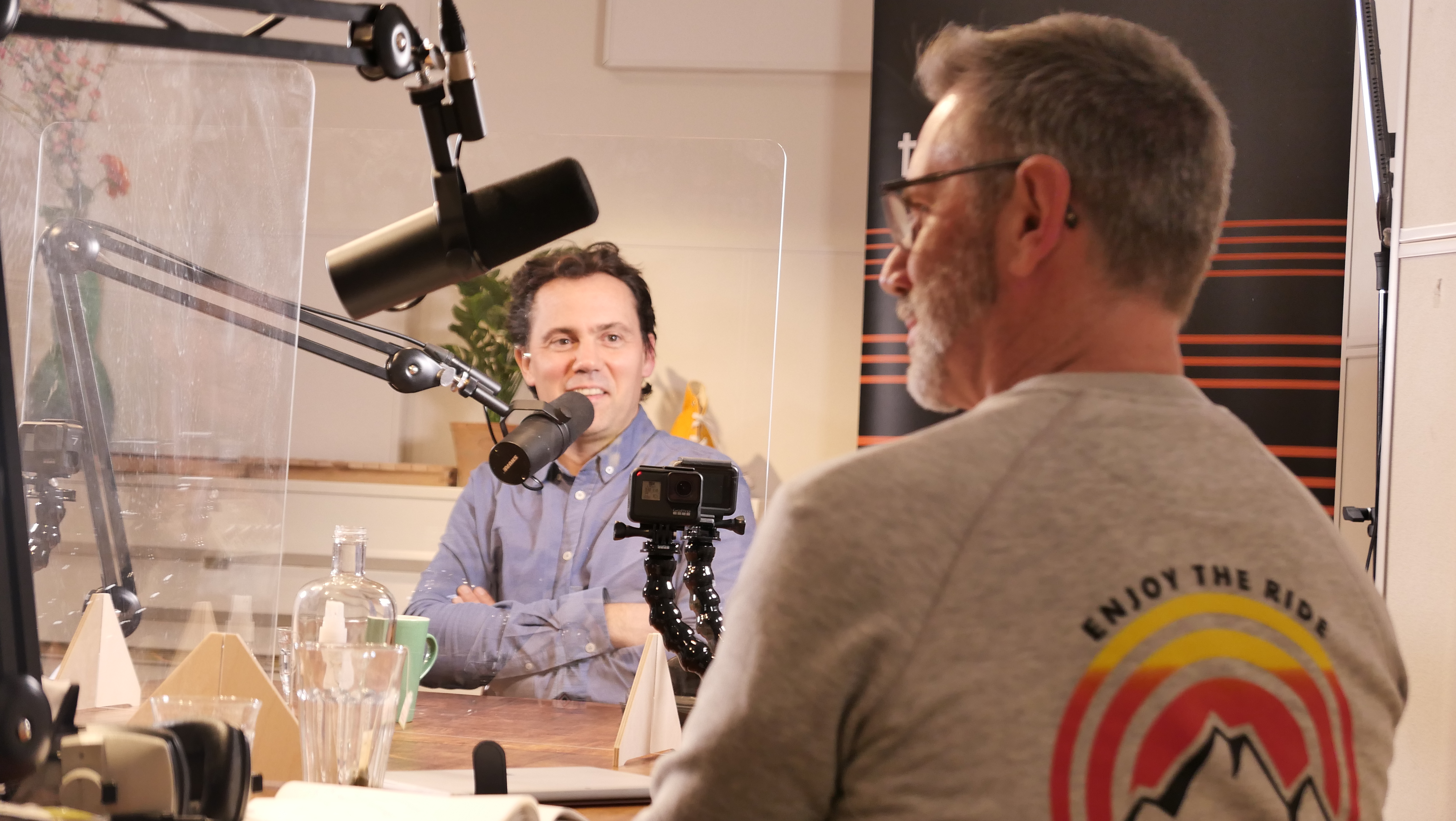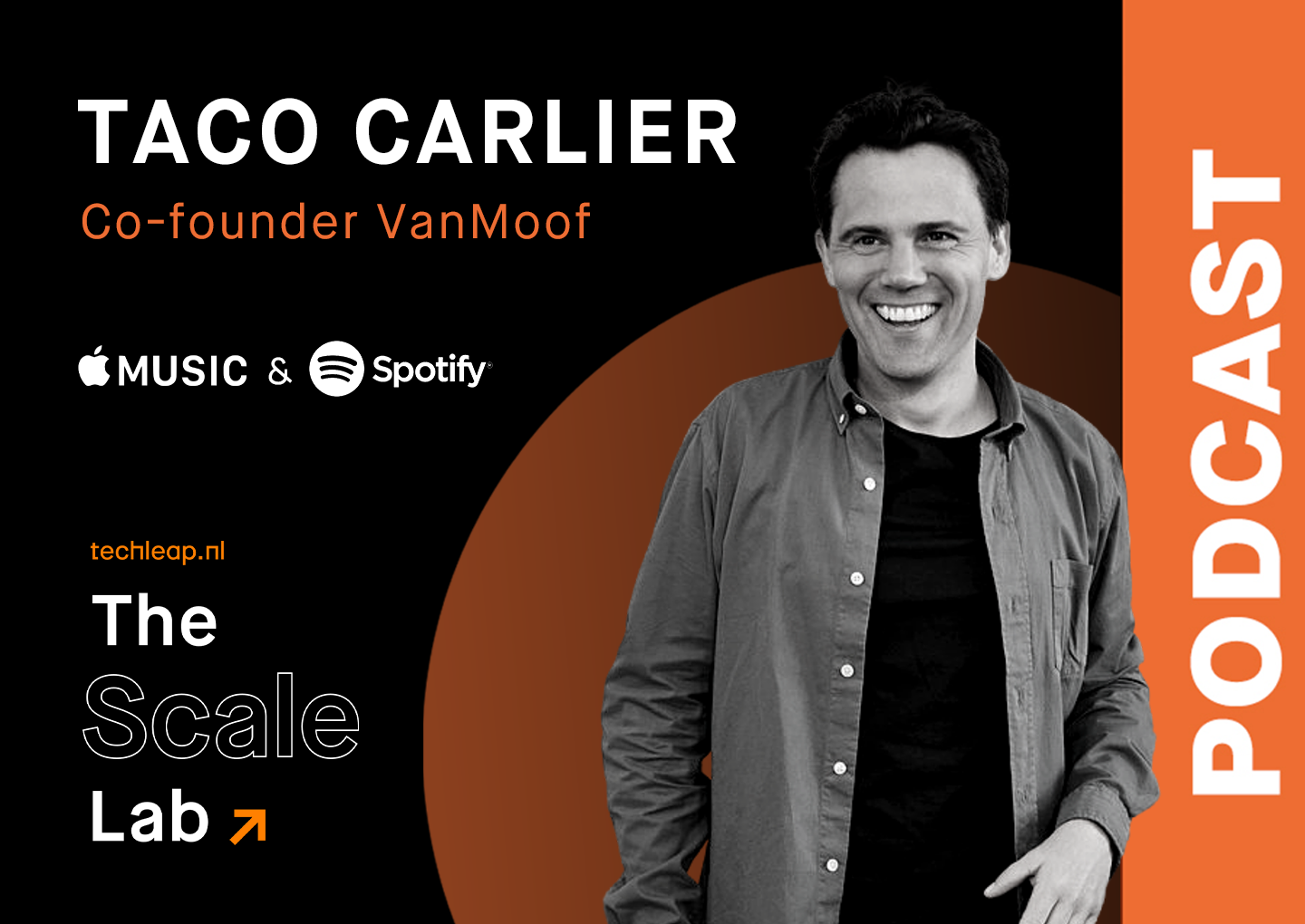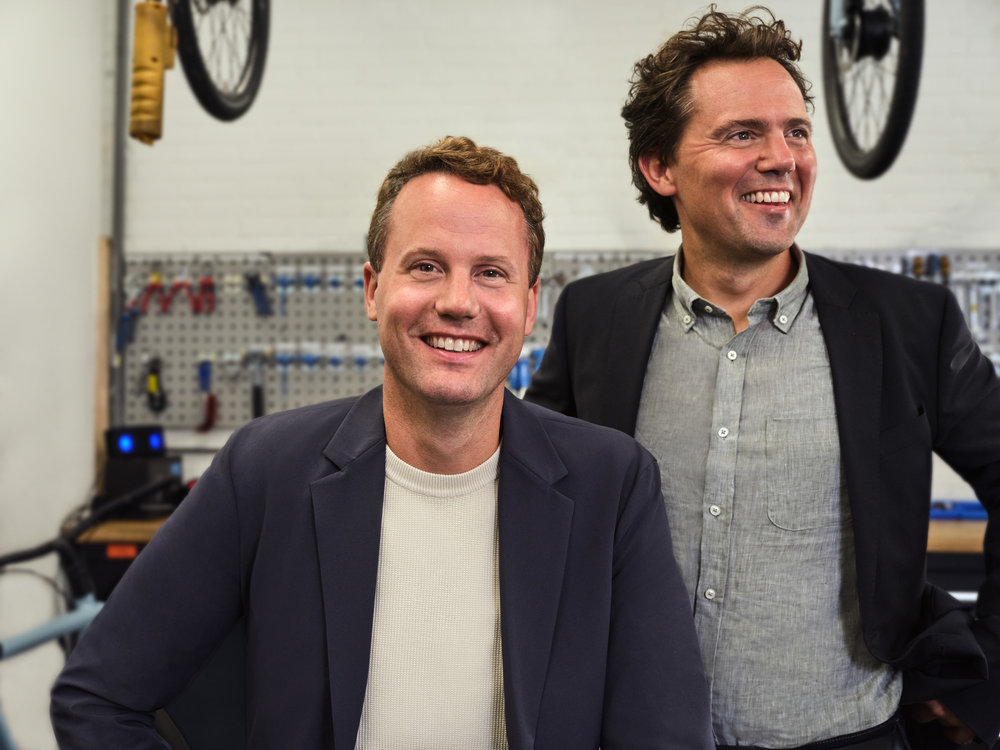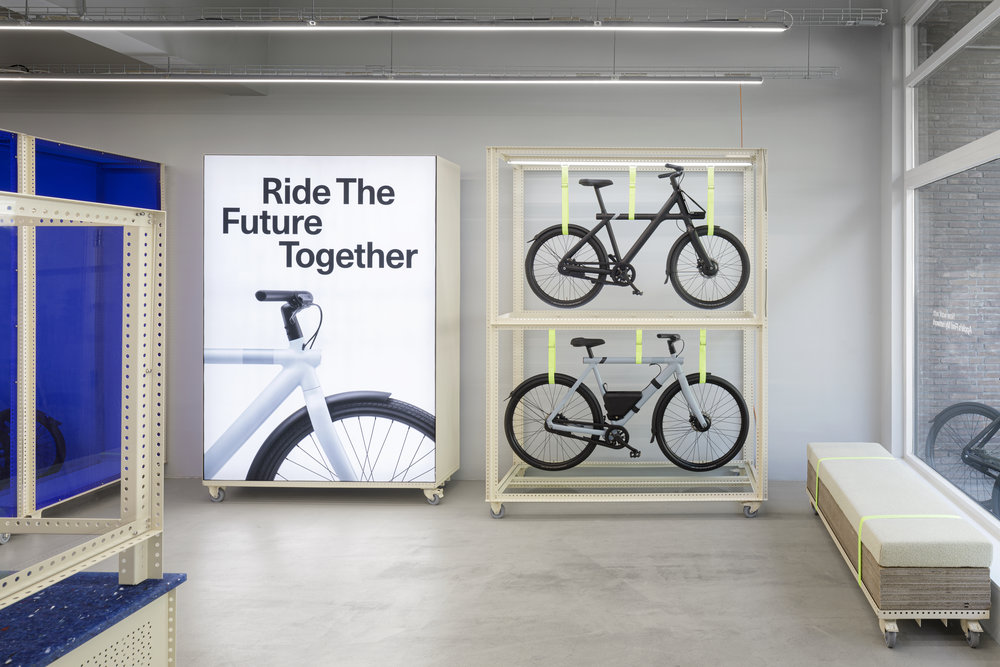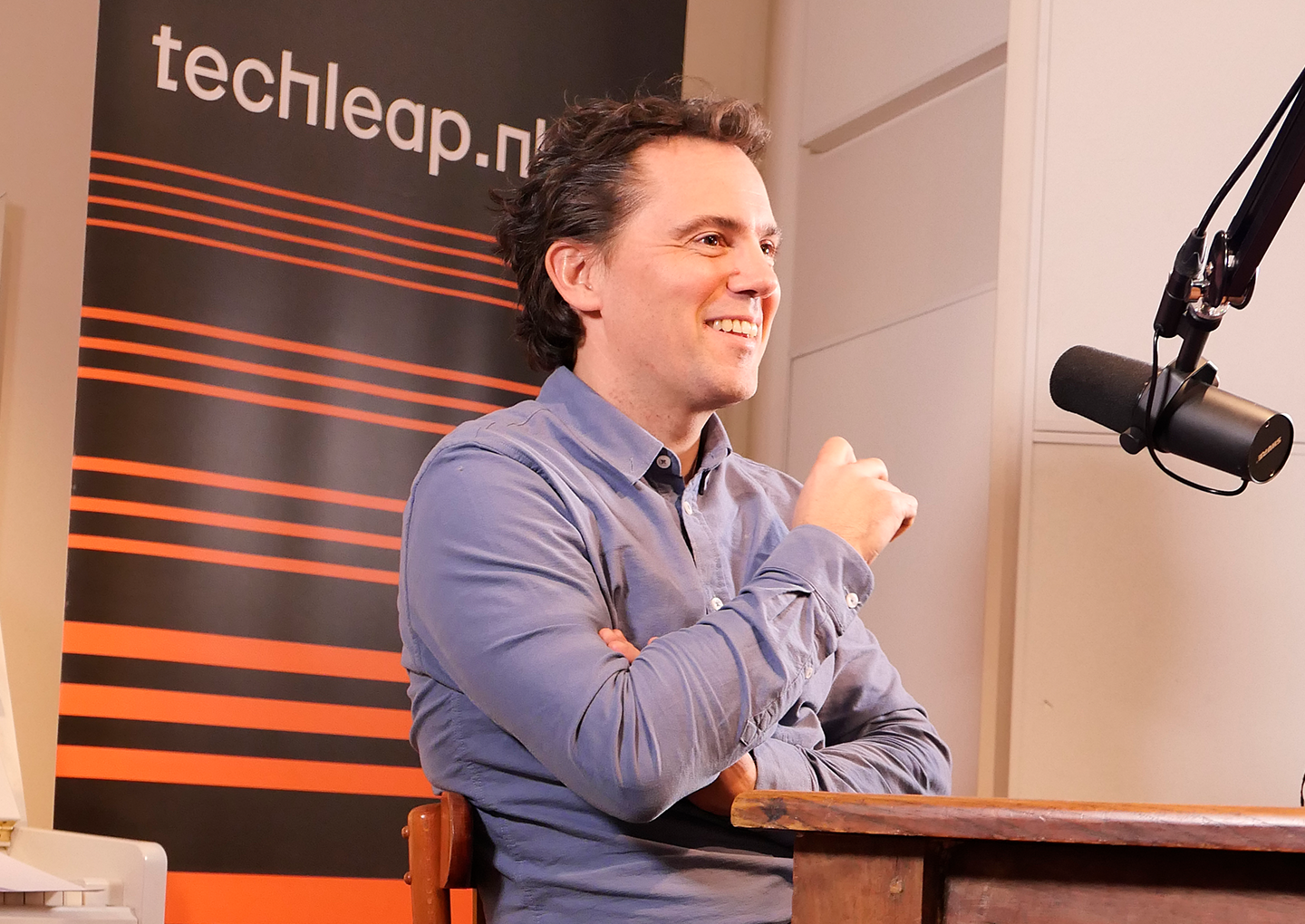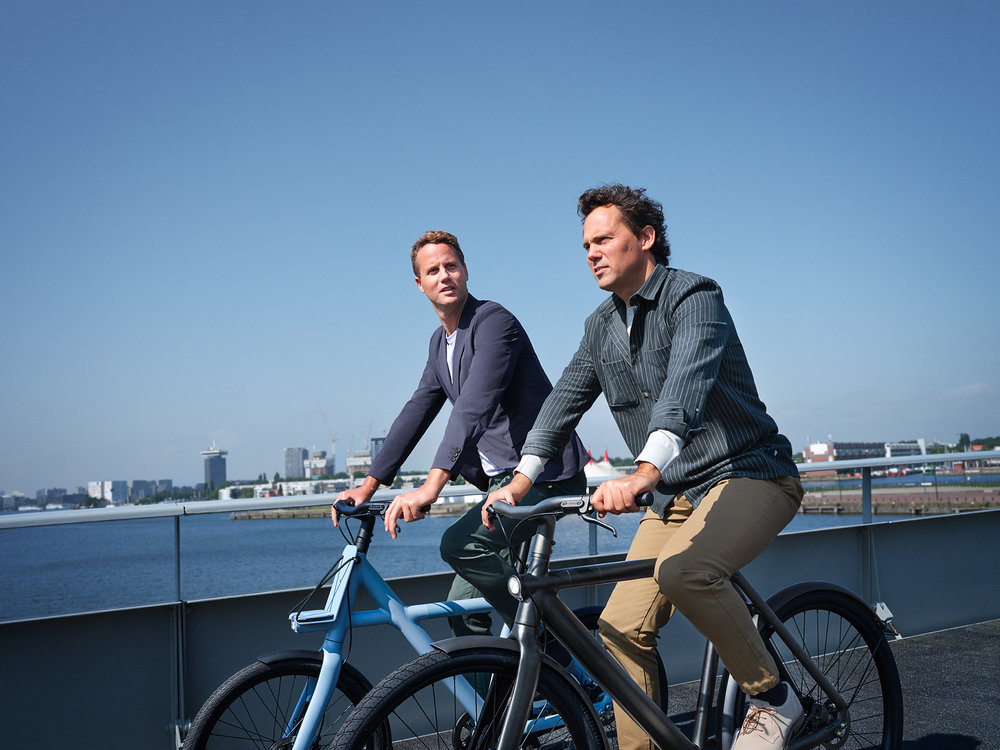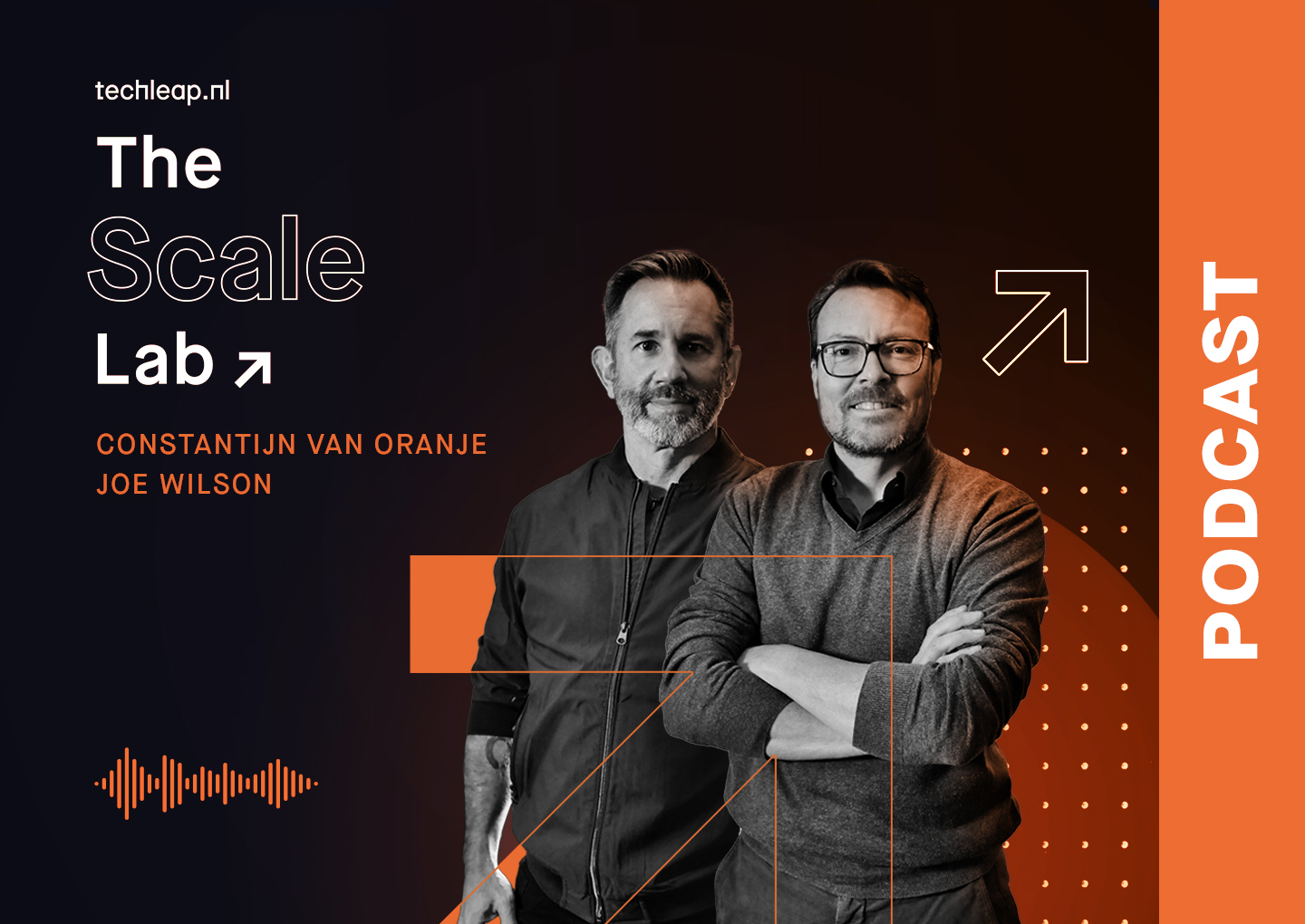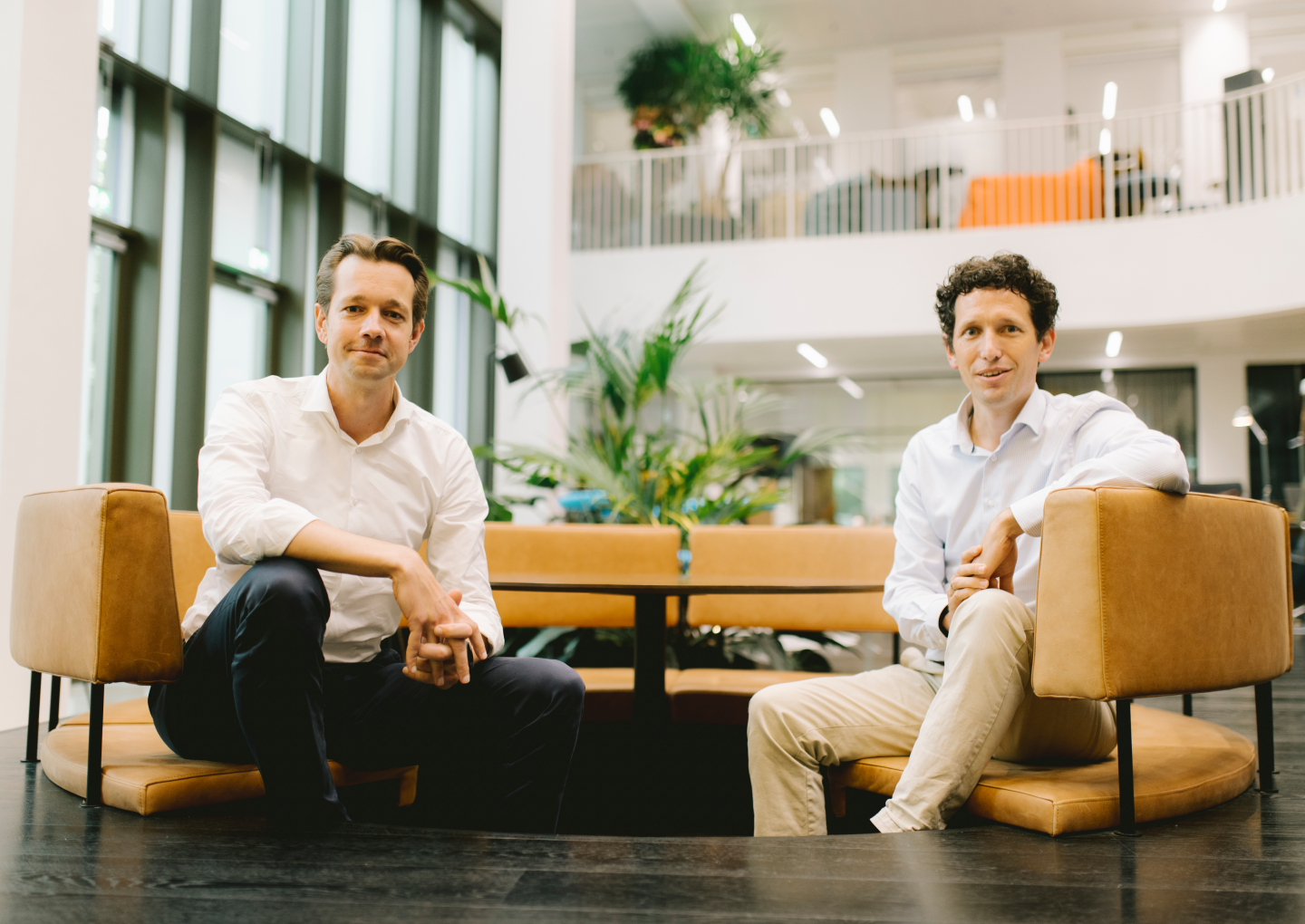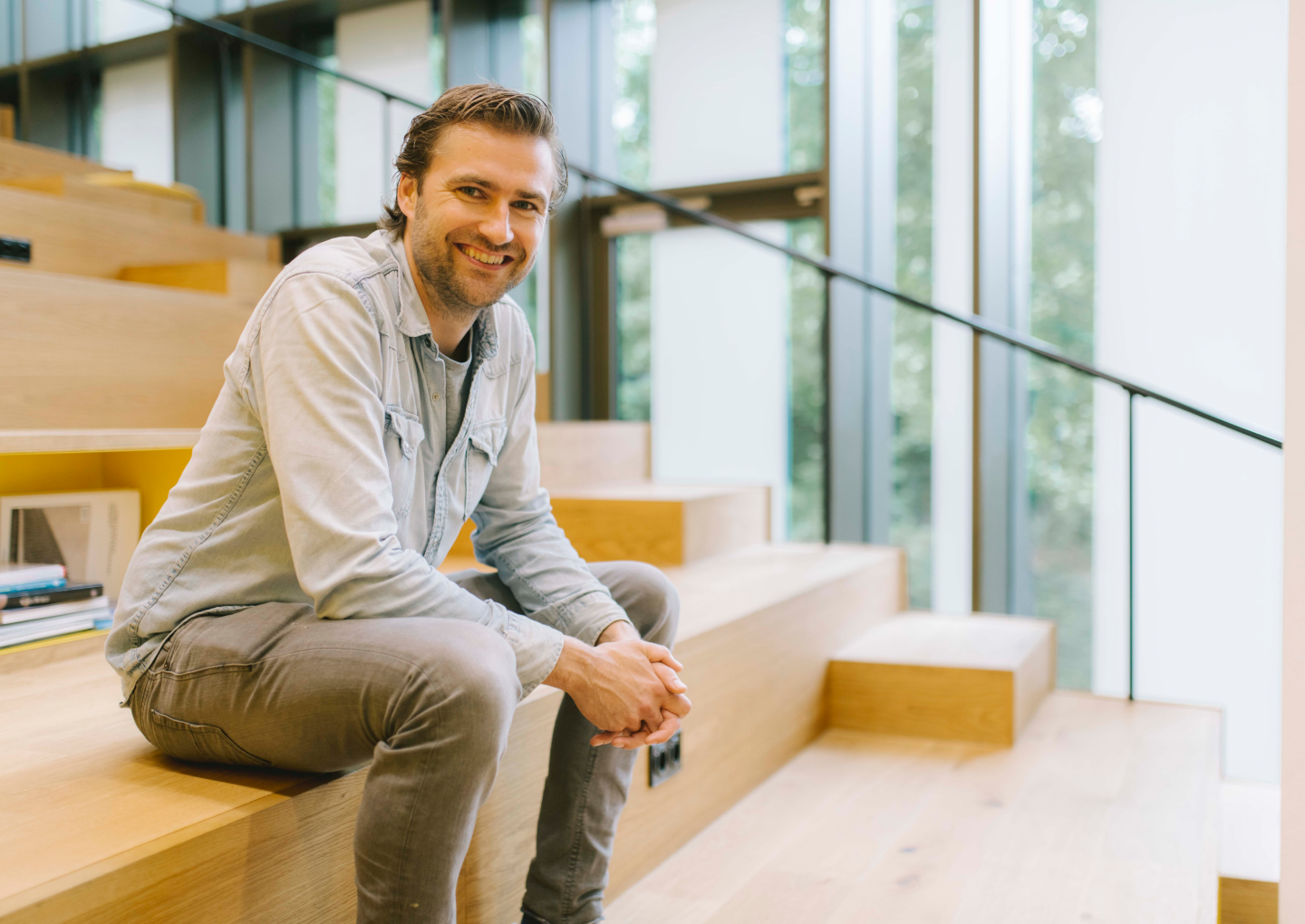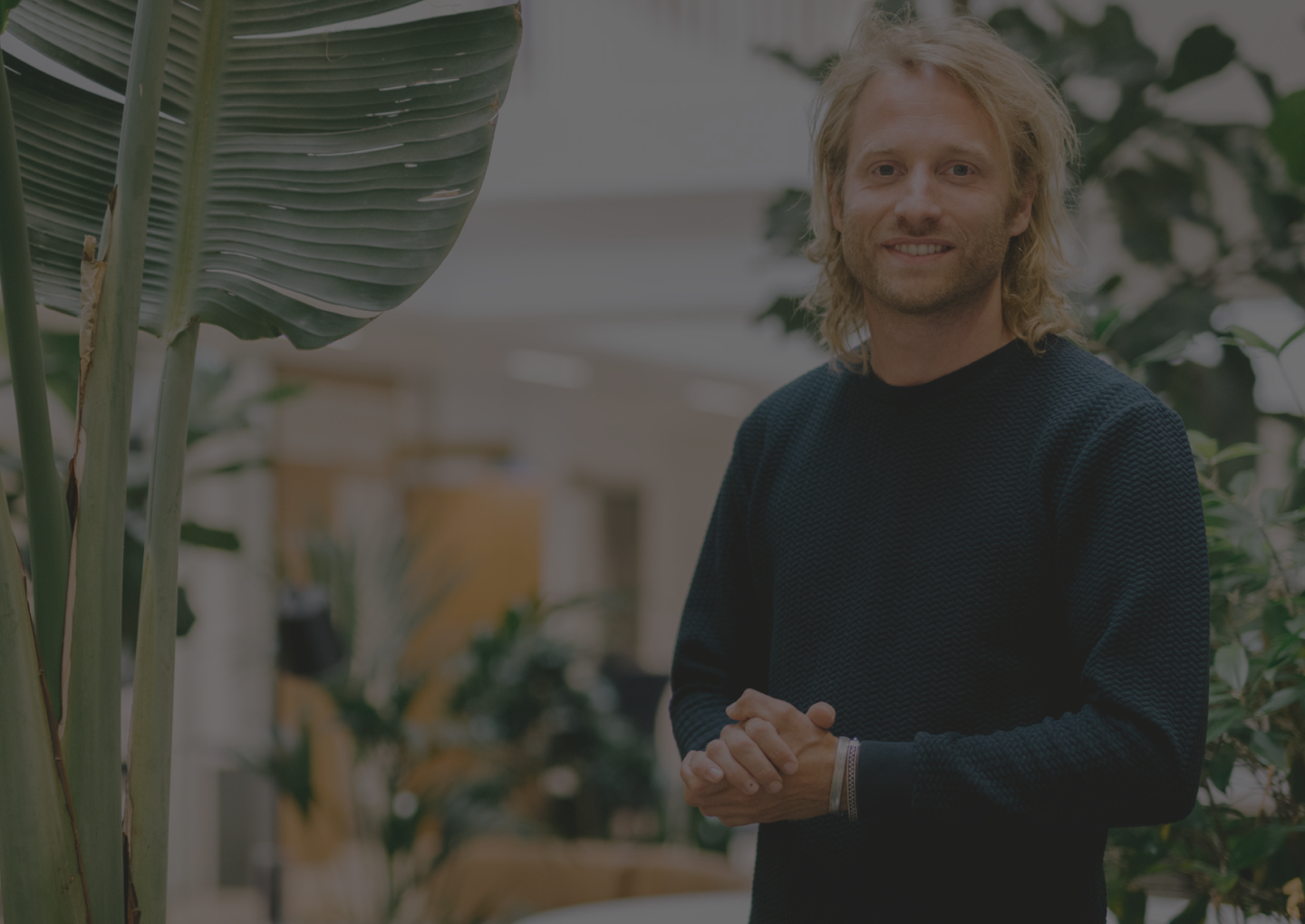6:30 - The first VanMoof product was totally different from what we have now, though the company mission has always stayed the same. Our mission is to get the next 1B people on bikes. We want to get as many people to ride bikes in San Francisco, New York, Paris, as in our hometown - Amsterdam.
Our first ever released bike was very simplistic, with integrated lights, and it cost only 399 euro back then. The sales were really good within the first three years, but we mostly sold those bikes within the Netherlands, so at that point, we didn’t achieve our mission yet.
But we learned quite a few things from this first prototype:
Learning #1: If you want to revolutionise the bike industry, traditional stores are not the best sales channel, as they are very inflexible towards change. So we had to create our own sales channel instead.
Learning #2: Not every city is suitable for commuting on bikes. There is a reason why we all ride bikes in Amsterdam and less so in New York. Some of the reasons are huge distances within the city and really hot summers. This is when we realised that electric bikes could solve those challenges across markets.
